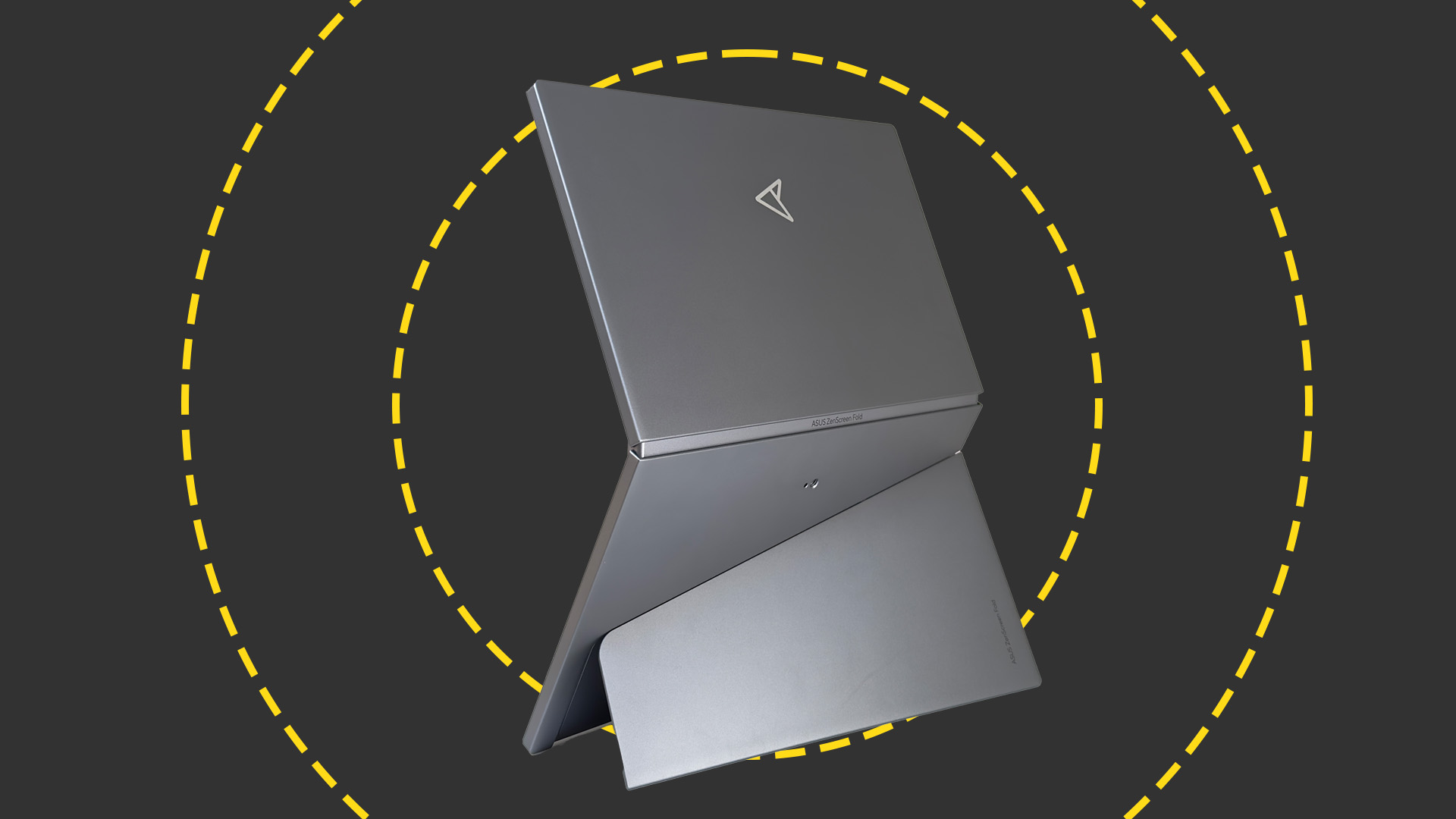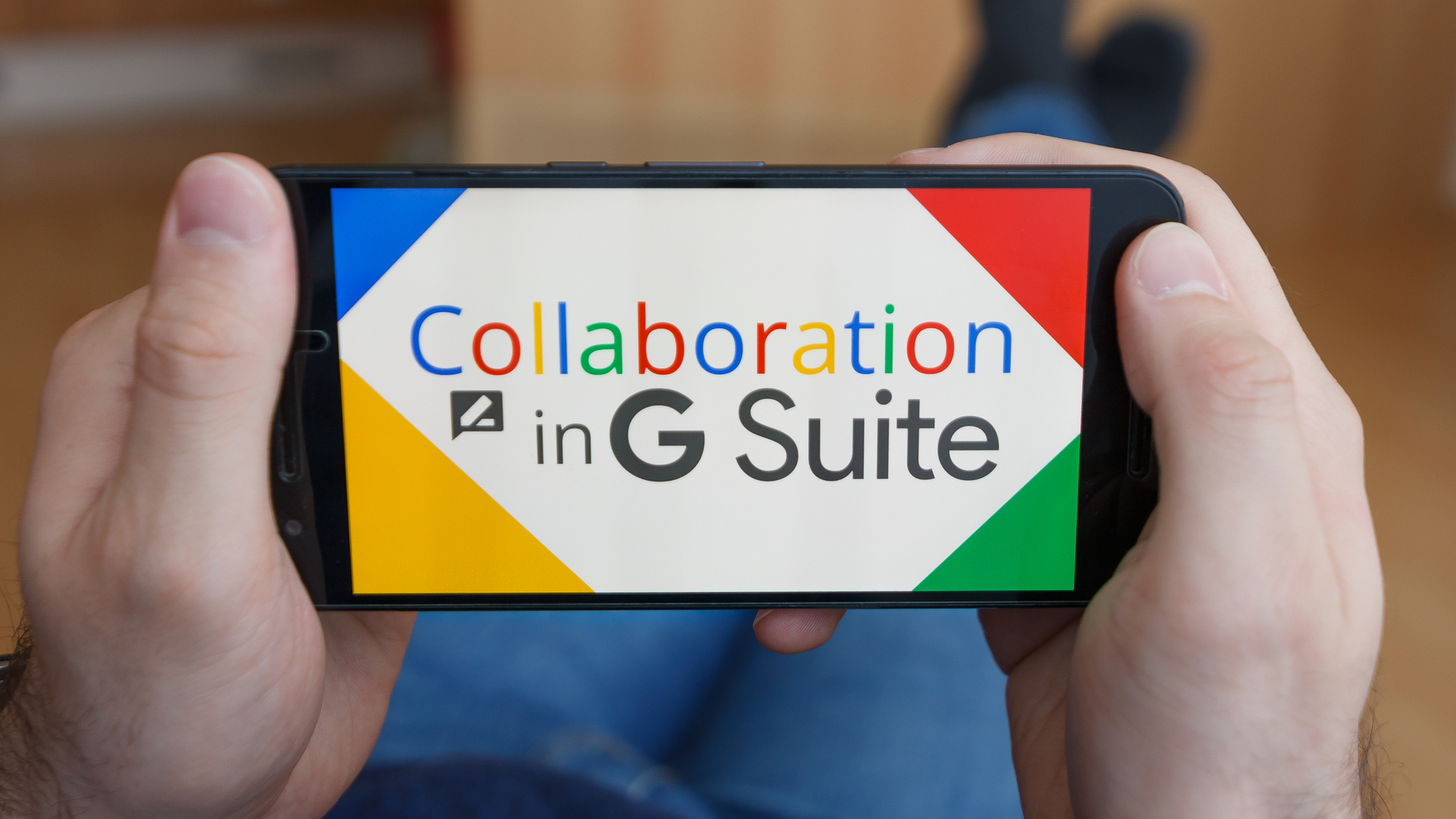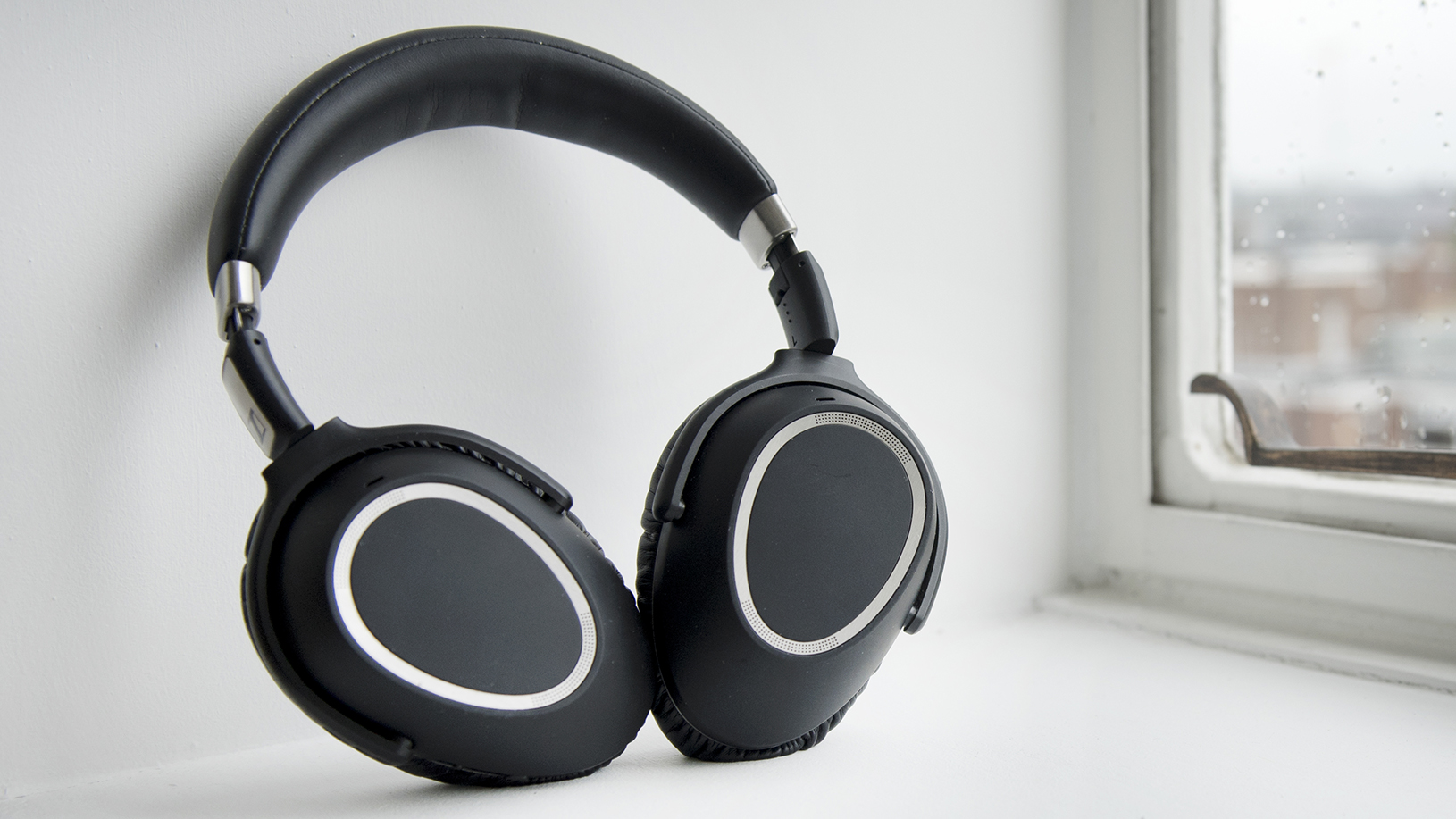When your furniture doesn’t match: why it’s time to combine connectivity with IP voice systems
Small businesses will not be able to hit their goals and grow if their technology remains mismatched, and channel partners can rectify this

We’ve all been in situations where we’ve purchased furniture from different shops just to find they don’t quite work together. Perhaps the TV cabinet was bought online while the coffee table was purchased in-store. Despite both sellers claiming their furniture was a particular shade, they don’t quite match. End result? A combo that doesn’t provide the value it should.
For businesses, and particularly smaller ones with fewer than 10 employees, adopting multiple technology solutions from different vendors can generate that same feeling. Despite them all claiming that they’re compatible, the experience isn’t completely seamless, and can cause frequent irritation as well as higher costs. The challenge is only growing too, with solutions increasing in complexity, resulting in many experiencing a lack of coordination, particularly in terms of connectivity, voice, and collaboration.
It’s here where businesses turn to channel partners to streamline the adoption of technology, so they have exactly what they need at a price point that suits them.
The importance of all-IP: resilient connectivity and VoIP
The past 18 months have demonstrated the importance of connectivity and voice capabilities, with workforces requiring the ability to work from anywhere with no reduction in experience.
Connectivity is vital to supporting digital capabilities. The underlying foundation of business operations, strong, reliable connectivity, was seen as the fourth utility and enabled businesses to adopt more digital ways of working and delivering services. However, it’s only one piece of the puzzle.
Businesses also rely on their voice capabilities to provide a first-class service. Yet, many small businesses still use legacy phone lines that require the PSTN. That means phone numbers reach on-premises business phones but nothing beyond that. If employees can’t receive calls when not at their desk, they can’t be truly flexible. What’s more, missed calls can lead to lost sales and unhappy stakeholders.
In other words, even if a small business is operating with adequate connectivity capabilities, without an integrated Voice-over-IP (VoIP) phone system they have only half of what is needed to support a truly hybrid workforce. The answer is a fully combined package that provides everything they need, while stripping away what they don’t. Channel partners hold the key to driving this transformation.
ChannelPro Newsletter
Stay up to date with the latest Channel industry news and analysis with our twice-weekly newsletter
Time to act
The ONS found that 24% of businesses forecast a higher use of remote working in the future. Alongside that, organisations are also facing the closure of traditional copper-based phone lines, with the ISDN and PTSN set to be switched off by December 2025. This combination of factors means that it’s the right time to embrace flexible working.
Over 16 million lines and channels will need to move to digital alternatives as businesses look for new ways to stay connected. For small business owners, this landmark change also represents an opportunity to optimise and simplify their approach. Businesses with 10 employees or fewer operating on single site premises will only require one digital phone line, which enables employees to make and take calls anywhere, at any time, through mobile app or office handsets, all from the same business number. Moreover, the traditional features, including voicemail, call diverting, and out of hours rules are available, regardless of which device is used. Simply put, all this means they require just two solutions for all of their connectivity and voice needs.
There is a significant opportunity emerging for channel partners to enable preparation for the all-IP world, particularly in the micro and small business market. A majority 76.3% of the businesses in this space are single-person organisations, with 95.7% of the market operating with fewer than ten members of staff. This market represents a huge opportunity for partners, meaning that now is the time to forge relationships and promote digital transformation ahead of the scheduled switch-off.
No bells and whistles
Small single-site businesses don’t need solutions to the scale of larger enterprises. Often, they simply seek ‘no bells and whistles’ technology that can handle voice requirements and is supported by a reliable managed network that ensures fast connectivity – it’s channel partners that can provide this powerful and flexible combo that are in the best position to deliver.
A single provider of both has benefits for businesses and channel partners. For businesses, they know they are getting two necessary technologies that work hand-in-hand meaning no annoying incompatibility issues. Dealing with one provider can also often ensure the most cost-effective method of adopting the solutions needed.
For partners, offering such a combo enables them to provide the essentials to operating in the all-IP world and, as customers experience their digital transformation journey, they’re likely to turn to the organisations that provided what they needed at the start. There is an opportunity here to develop new, stronger, and longer lasting relationships. Similarly, dealing with one vendor which can provide both solutions saves partners time which means they can focus on growing their business.
Ultimately, the simple truth is that small businesses will not be able to hit their goals and grow if their technology remains mismatched. What they seek is that feeling you get when your interior design is on point, everything compliments, and you’re completely comfortable with how it looks. Channel partners have the opportunity to provide this by offering combined connectivity and VoIP capabilities in a streamlined way. In turn, this enables them to cater for an under-tapped market, fuelling business growth and lasting relationships.
Gavin Jones is channel sales director at BT Wholesale
-
 Asus ZenScreen Fold OLED MQ17QH review
Asus ZenScreen Fold OLED MQ17QH reviewReviews A stunning foldable 17.3in OLED display – but it's too expensive to be anything more than a thrilling tech demo
By Sasha Muller
-
 How the UK MoJ achieved secure networks for prisons and offices with Palo Alto Networks
How the UK MoJ achieved secure networks for prisons and offices with Palo Alto NetworksCase study Adopting zero trust is a necessity when your own users are trying to launch cyber attacks
By Rory Bathgate
-
 GoTo appoints Michael Day as its new channel chief
GoTo appoints Michael Day as its new channel chiefNews Channel veteran will lead the company’s recently announced GoTo Partner Network
By Daniel Todd
-
 Zoom launches hardware as a service video conferencing portfolio
Zoom launches hardware as a service video conferencing portfolioNews The video conferencing giant has partnered with four companies to launch hardware for Zoom Phone and Zoom Rooms services
By Keumars Afifi-Sabet
-
 Google developing all in one messaging app for business
Google developing all in one messaging app for businessNews The app will combine G Suite services into one single mobile entity, according to reports
By Bobby Hellard
-
 How unified communications could energise your business
How unified communications could energise your businessIn-depth Unified communications used to be a buzzword reserved for enterprises and huge budgets – but not anymore
By Nik Rawlinson
-
 No catches: How 3CX v16 can slash your costs
No catches: How 3CX v16 can slash your costsIn-depth With an aggressive new pricing structure, it's now even easier for businesses to cut their telco costs in half
By IT Pro
-
 Businesses 'should already be on their journey to UCaaS'
Businesses 'should already be on their journey to UCaaS'In-depth With the unified communications market on the rise, experts urge companies to shift towards an 'as-a-service' approach
By Keri Allan
-

 Sennheiser MB 660 review: Sounds like a winner
Sennheiser MB 660 review: Sounds like a winnerReviews This UC headset is expensive, but the quality is unbeatable
By Adam Shepherd
-
 Unified comms market to explode
Unified comms market to explodeNews UC in EMEA will be worth a whopping $16.6 billion by 2015.
By Tom Brewster